Ignoring Pioneers: A retrospective of A Dangerous Woman Story Studio
I was looking at this Facebook entry and shook my head. Amateurs.
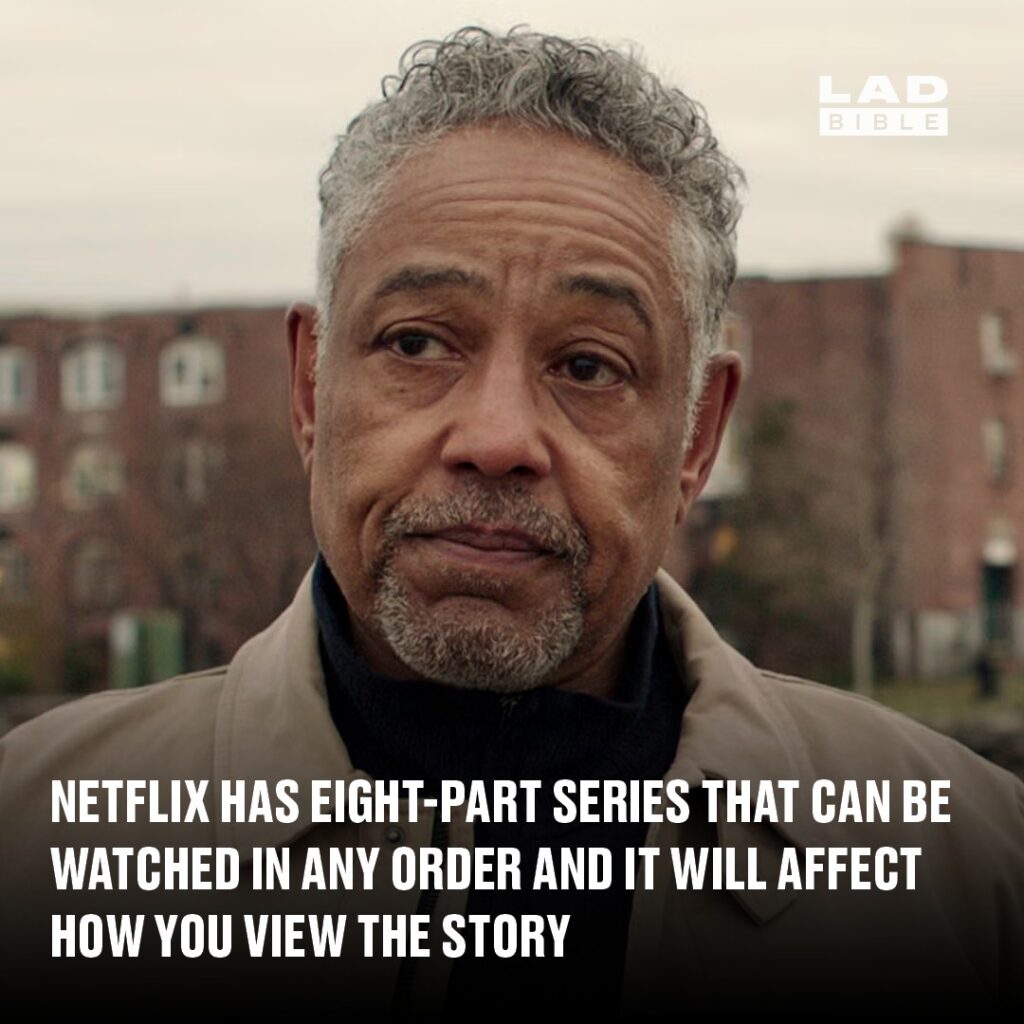
Anyone who read A Dangerous Woman Story Studio from 2013-2020 know this isn’t groundbreaking because I developed this form of storytelling I called Matriarchal Storytelling.
You can read about my work here, here, and here.
I have been known to have short stories published over the years, and the beginnings of my magnum opus began in 2012 with a pair of short fiction published in Exterminating Angel Press (which you can still read here and here). There was even interest about publishing the rest of the World’s Most Dangerous Woman stories in print form, but then there was an irreconcilable creative disagreement: the publisher envisioned Miss Magnus Lyme as joining these cabals naively and being fooled into joining. My vision had always been that Magnus went in as an eccentric intrepid visionary who was going to enter the fray in order to conduct experiments on these groups, then come out writng exposés on them. Magnus Lyme was never supposed to be a morally weak character, and I stood my ground, losing a book contract along the way.
Undeterred, I struck it out on my own and used Kobo and Kindle to publish the eBook The World’s Most Dangerous Woman. These were told as interconnected short stories revolving around the flagship character Magnus Lyme. Each chapter was a standalone tale, but the whole book told a bigger story, amd I was pleased with the results. Each chapter could easily translate to a film or television episode, but there was more to those tales than that.
I then let my imagination run wild.
The end result was crafting something far more advanced than patriarchal stories: what stories you read and in what order you read them changed the meaning of those stories. I called this venture A Dangerous Woman Press. There was merchandise: a black t-shirt with the book title The World’s Most Dangerous Woman, and a black baseball cap with the magazine title A Dangerous Woman (yes, there was also a quarterly magazine with short stories and nonfiction musings. There were special editions as well. The stories were categorized according to tone: Pixie Tales were children’s stories (still contected to the “universe”) Fables and Bedtime Stories were for grown-ups, but not much in terms of gore or violence, Case Files and Other Mysteries were grittier stories with murder and violence, but heroes and villains were clear, all the way up to Dread Tales, which were gory, violent, morally ambiguous and dark.
A Dangerous Woman Press turned into A Dangerous Woman Story Studio and there were eBooks, and there were probably a couple of thousand short stories, novellas, and novels that were interconnected. Heroes in one story could turn out to be villains in another, depending on the perspective. Stories that were funny ended up being heartbreakers if you read another story. Supporting characters in one series could be protagonists and antagonists in other stories. It ventured over generations, and even into the afterlife. As I wrote elsewhere years ago, soap operas and comics had a rudiamentary form of this kind of interconnected storytelling, but A Dangerous Woman went well beyond that, too. In fact, there even palindromic stories that could be read either beginning to end or end to beginning and still made sense.
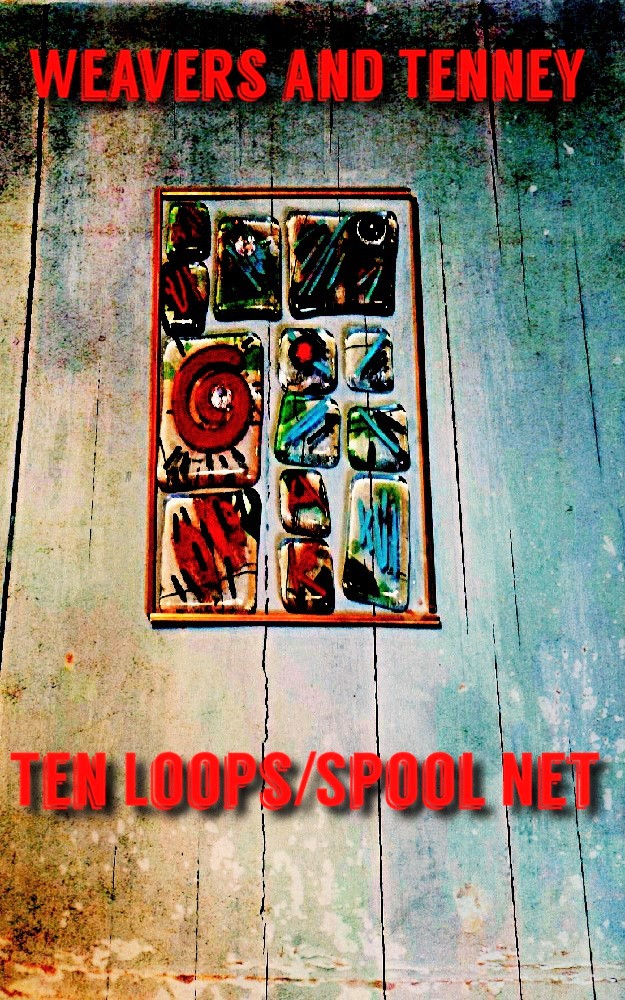
This was the hardest one to do because there wasn’t a lot of slack. It was a running joke that the owners of the hardware store Weavers and Tenney were notorious for remembering the same events in a different order.
There were even mystery stories told deliberately backwards because the mystery worked better starting with the spoilers, meaning it was a whydunnit and chase rather than a whodunnit.
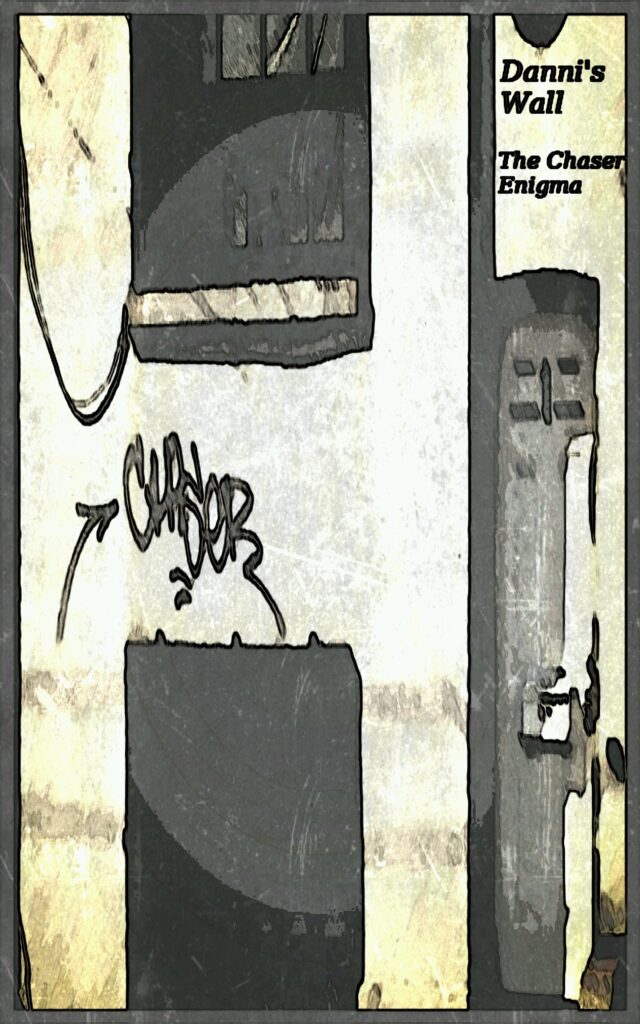
And I wrote these all by myself.
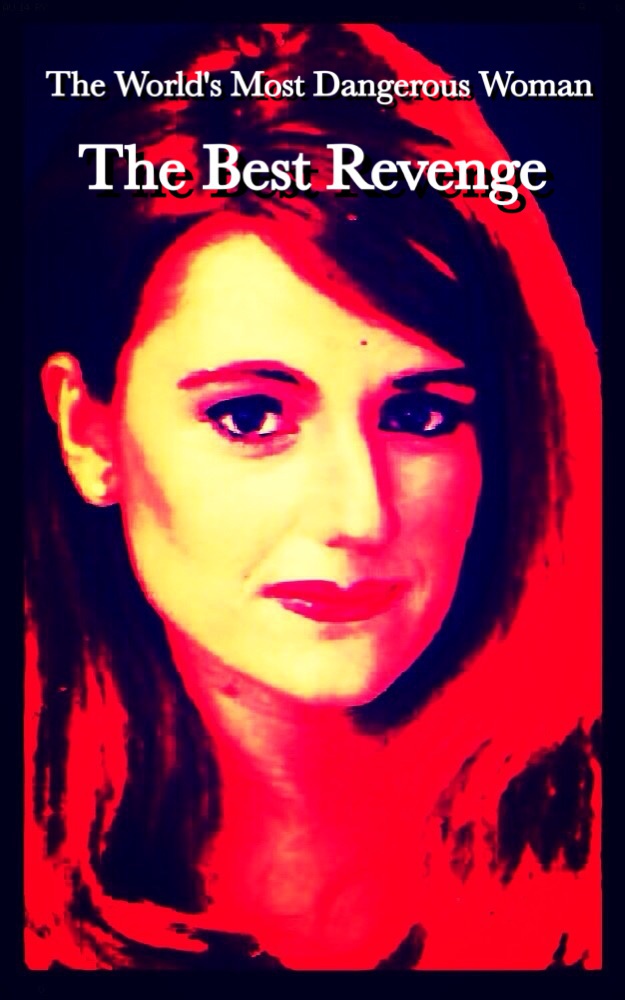
These were available through Kobo and Kindle, though they were also available on the now defunct Ello, where they had a healthy following on those platforms.
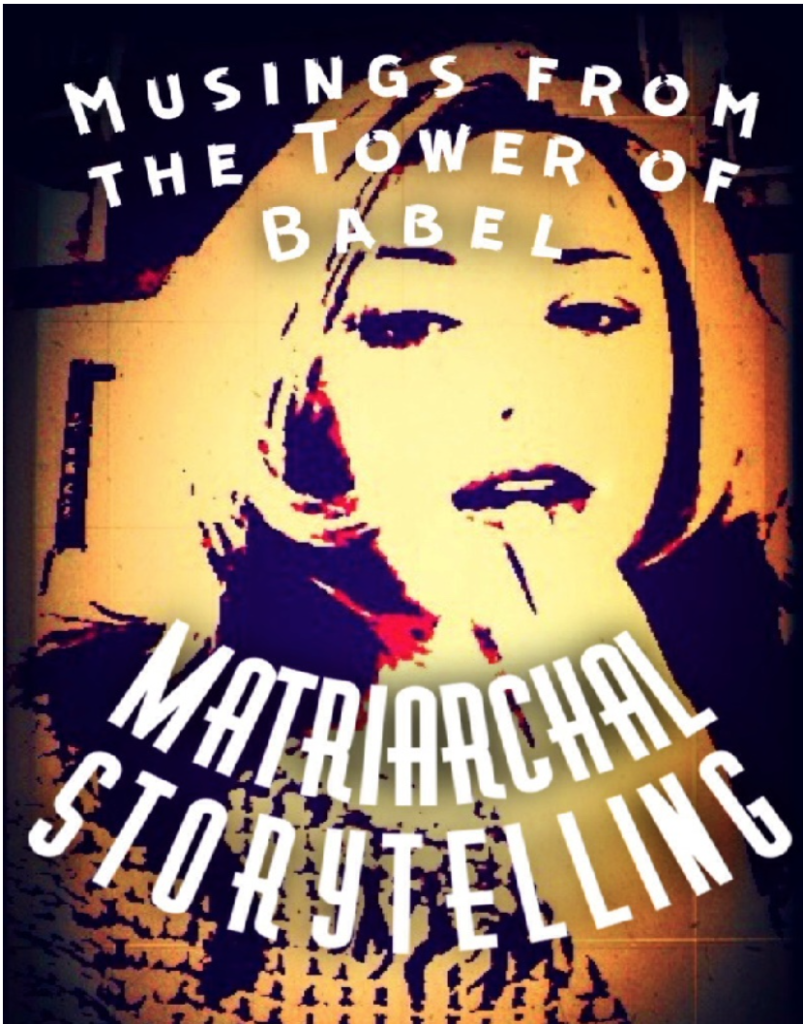
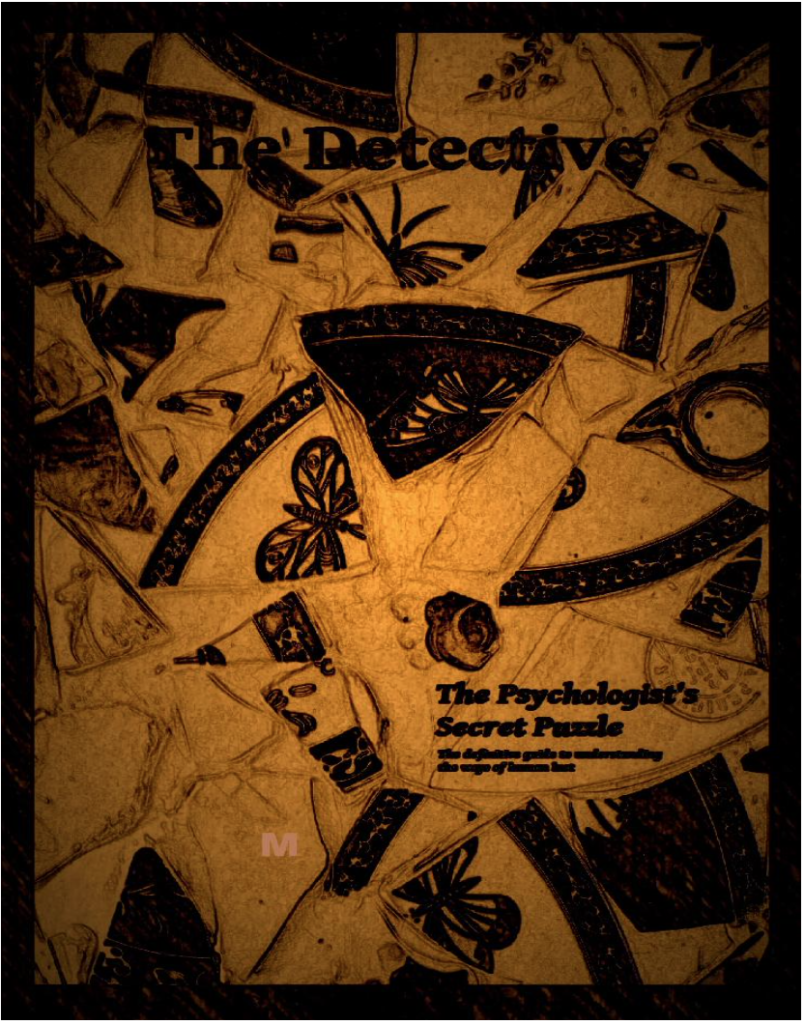
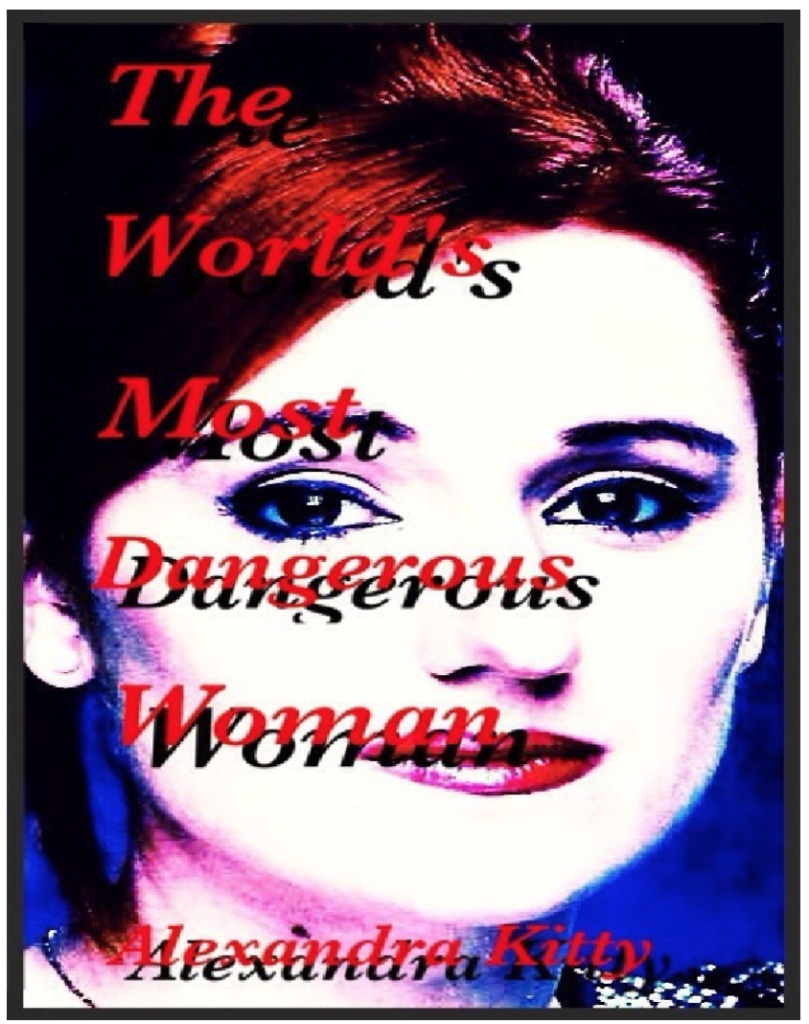
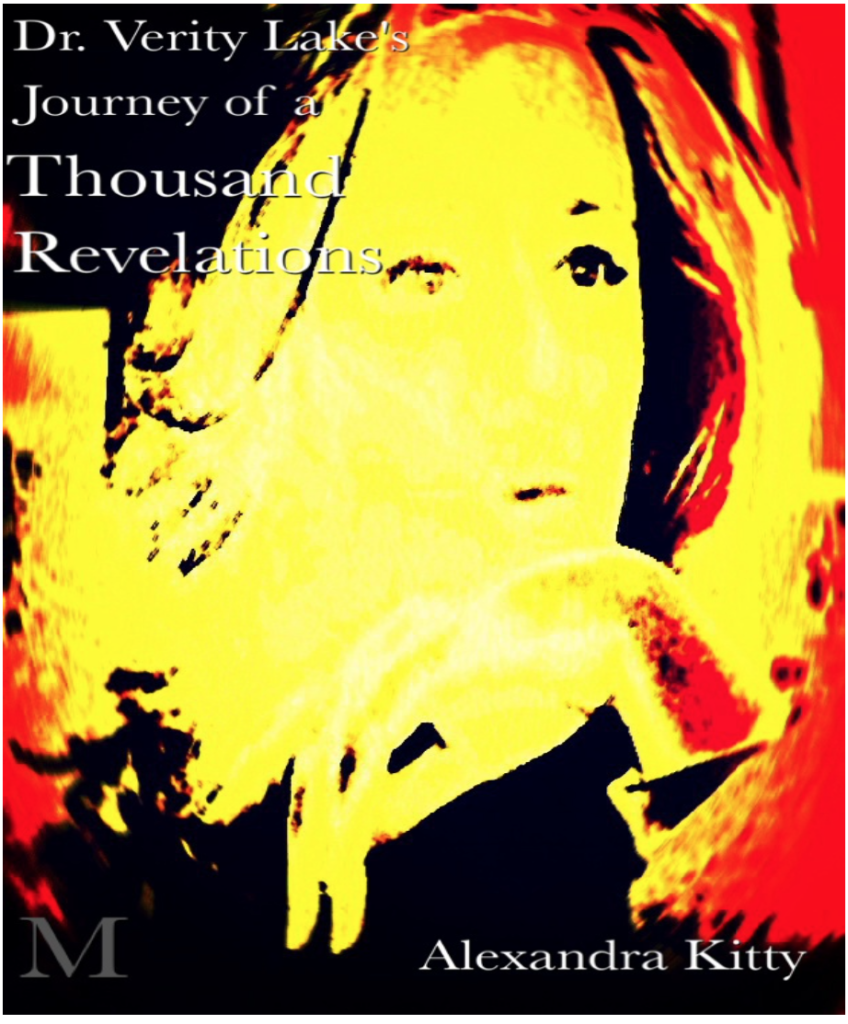
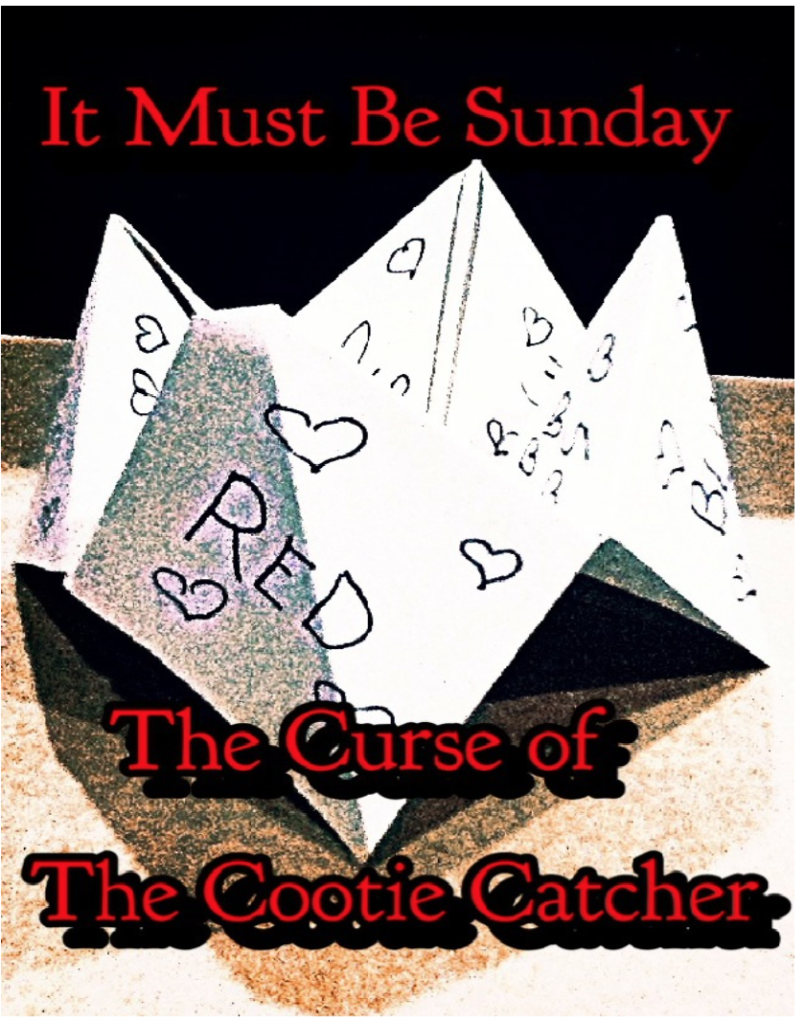

Chaser ended up being a limited print edition.
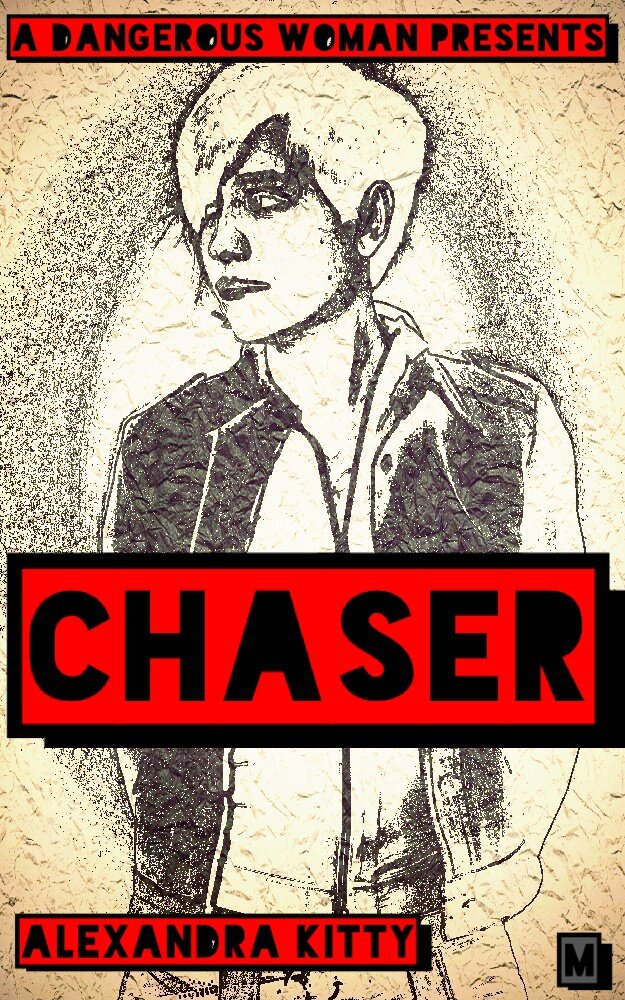
And if a cover had the letter M on the front, you knew the story was connected to the secret organization known as the Mutus, which itself was a sprawling series of mysteries to solve. While Magnus Lyme was the flagship character and the backbone A Dangerous Woman, the Mutus was itself an enigma that had countless secrets of their own, but, a reader could completely bypass both the central charcater and antagonist and still have plenty of stories to read.
I didn’t have the PR budget of Netflix and promoting this was beyond challenging, but I plugged it as much as I could. It’s not as if I could get podcasters interested in talking about a novel storytelling form. Academic journals purporting to be about the writing process had no interest. I had to do this via the bootstrapping method, having doors shut in my face, making my own venues to promote the stories, but though the following was modest, it was dedicated.
By 2018, I got back into traditional publishing with When Journalism was a Thing, but I was still doing A Dangerous Woman. But by 2020, I had my hands full writing with traditional publishers, and put my venture on hiatus.
When you choose to create and innovate, established entities will shut you out, and bonus points if they can claim to be first without actually being first.
This isn’t the only innovative venture where I was ignored.
Chaser Investigative News Services was another one which predates A Dangerous Woman. It was a hard news site that I started in 2007, and this was the days before Patreon or Kickstarter. I had to let it go, and then years later, had to read some ridiculous article in Open Democracy whinging why there was no feminist version of the Intercept.
Well, actually you had it, and it predated the Intercept to boot. It was called Chaser Investigative News Services, thank you very much. (As a side note, finding the Metafilter link to Chaser News was not easy and it could only be accessed by visiting my old profile page, clicking on projects, and clicking the right link. Going through Google’s or Metafilter’s search engines does not get you there).
And I am not even talking about the four alternative journalistic alternatives I created.
There are many others as well.
Such as being the first author to write a book about hospital trains, but that’s only one in a long line of things I did, from devising a neurobiological theory on the efficacy of propaganda to even developing an AI program that trained computers to avoid makware by training the system to have a phobic reponse to it…all when I was still a teenager long before AI was a mainstream thing. I have come up with novel methods of working with alcohol ink and even Urushi.
So that’s where things stand. I have done a lot more than write books, teach college, and worked in television. It’s frustrating when you have ideas that you know are winners, and you get shot down by someone bragging how they won Miss Small Potatoes at the county fair.
Still, I persist. I have other things that I have created, and I look forward to pushing them through, but I can’t say that I am happy when I have real evidence of pioneering something only to be ignored time and again.